We Built An R/C Not-Lego Mercedes-AMG One With A Working KERS
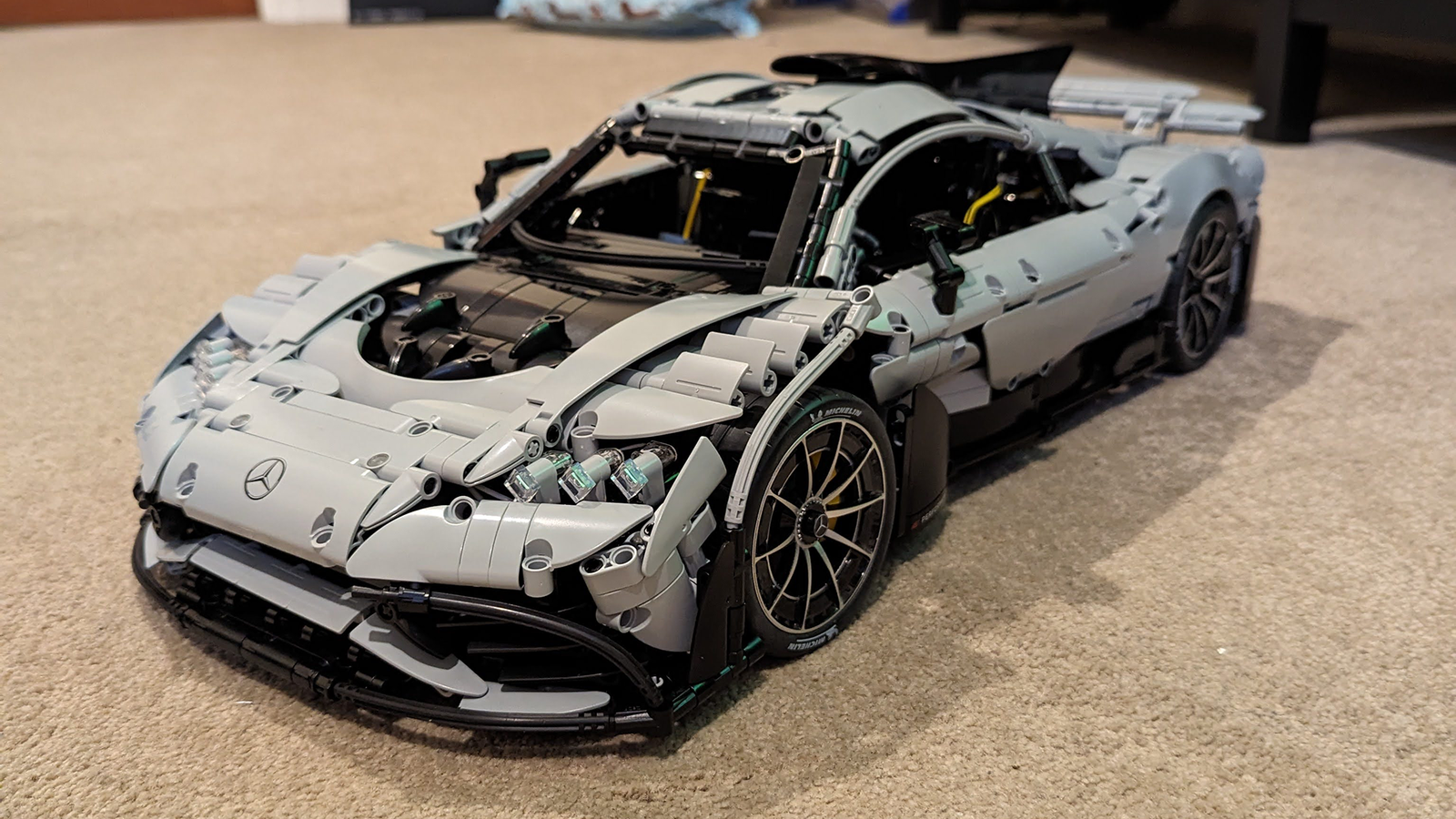
When it comes to brick-built cars, nobody does it like Lego. Imitations are rife, but few very rarely come close to the Danish giant’s creations - let alone surpass them. Its cream of the crop is its Technic range, introducing more complicated elements for the master builders among us.
If those just aren’t technical enough for you though, there may finally be a serious alternative to consider. This is the CaDa Mercedes-AMG One, and it’s perhaps one of the most complex building kits you can buy.
In case you missed our news story covering its reveal, this is a proper Mercedes-sanctioned kit, consisting of a monumental 3,295 pieces and branded under CaDa’s ‘Master’ range. That’s to say it’s the cream of the crop, and not for the inexperienced builder. At $292 (approx £230), it’s priced comfortably below Lego’s £390 1:8 kits - none of which are radio-controlled, unlike this AMG. Surely, there’s a catch, then?

It doesn’t come in the presentation of the kit, that’s for sure. The box is plastered in Mercedes’ own marketing imagery for the car, and it wouldn’t look out of place in an AMG showroom. Good start - although I should point out the box arrived with a few shipping-related creases and marks, presumably from being tightly packed in cardboard without any additional padding all the way from China to the UK.
The slick presentation continues when you open the kit up, too. With so many pieces, it’s handy they’re split into numbered boxes - each arranged with a print of the finished item’s silhouette. Proudly displayed and faithfully recreated wheels are a nice touch.
Its unique way of presenting the kit does come to a swift end from there, though. The AMG-branded instruction booklet is nice but once you’ve sifted through some background chat on the kit, the instructions bear more than an uncanny resemblance to Lego’s own style. I suppose if it’s not broken, don’t fix it.
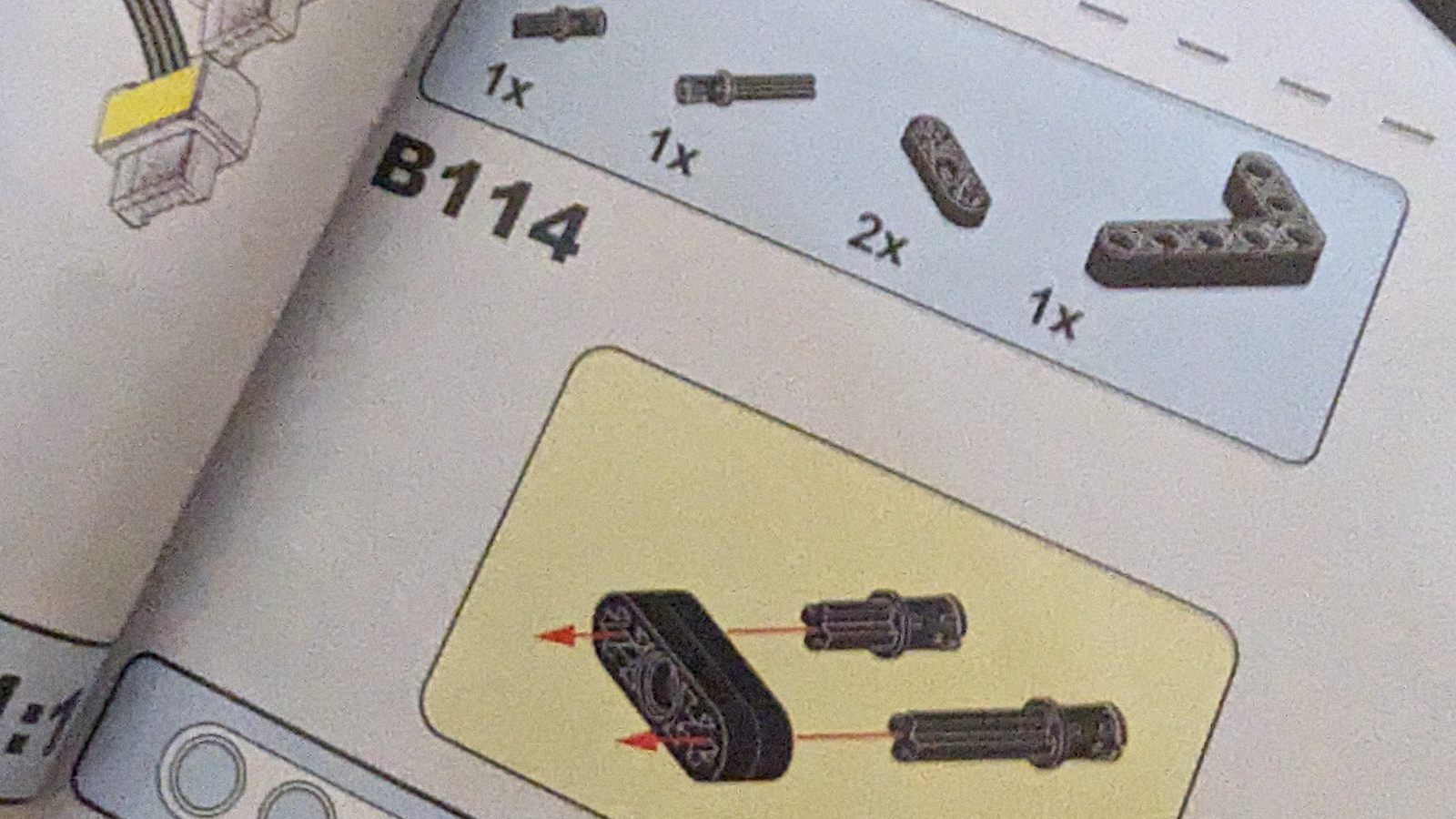
Following them is perhaps less straightforward. For the most part, they’re pretty simple but you do hit the occasional stumbling block with several steps crammed into one which can get a little overwhelming or easy to miss a small step. With such a reliance on black plastic parts too (mainly to keep the final aesthetic clean), it can be a little tricky to follow the diagrams - and highlights why Lego throws in the odd coloured piece now and then.
It’s not without a few problems. Cable management seems a little overlooked, leaving you with a bit of a headache when managing no less than five motors plus the lights. The instructions give each ribbon cable a colour to correspond with the ECU, but the kit doesn’t include any stickers to help you label them. That’d have been a nice touch, and I’d suggest picking up some tape to mark them yourself before starting the kit.
You could put these grievances down to the ‘Master’ in the set branding, but I’d suggest that it’s just a bit underthought.
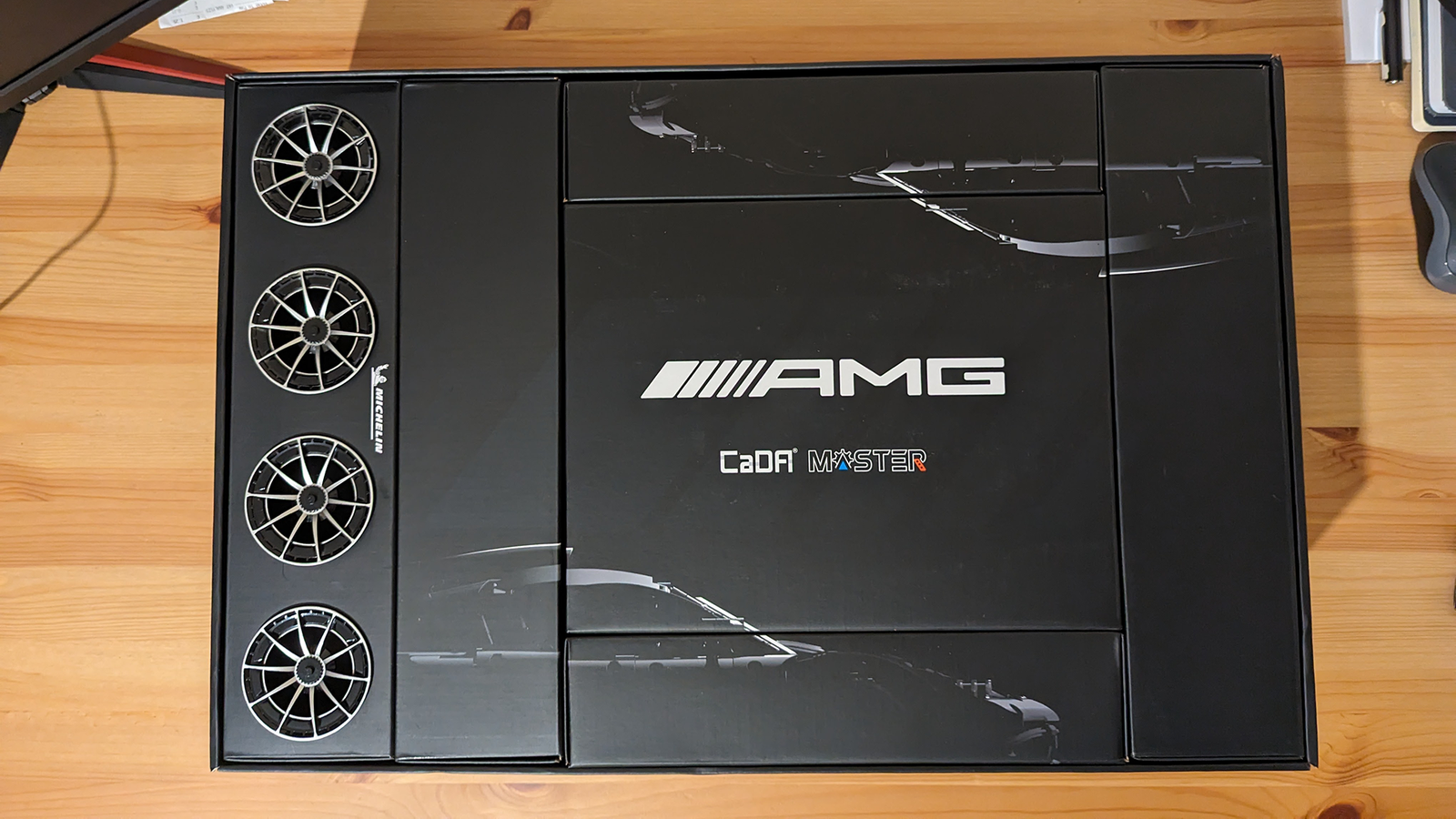
You don’t get the consistent, satisfying snap of Lego, either. For the most part, it feels high quality but occasionally a few pieces are either a real struggle to push in or feel a little looser than you’d expect. Presumably, there are larger tolerances in production to keep the overall cost down.
I should highlight I had a small handful of missing pieces. Not a huge deal, as CaDa does offer a replacement brick service akin to Lego. Unlike Lego’s though, it requires you to have proof of purchase which is worth keeping in mind if you’ve received a CaDa set as a gift. Those extra parts did come nicely packaged though, and I was given a few more than just the two I requested which was a handy touch.
You certainly get plenty of build time for the money, taking me 25 hours in total, though with more experience with CaDa builds I reckon you could easily shorten that by a couple.
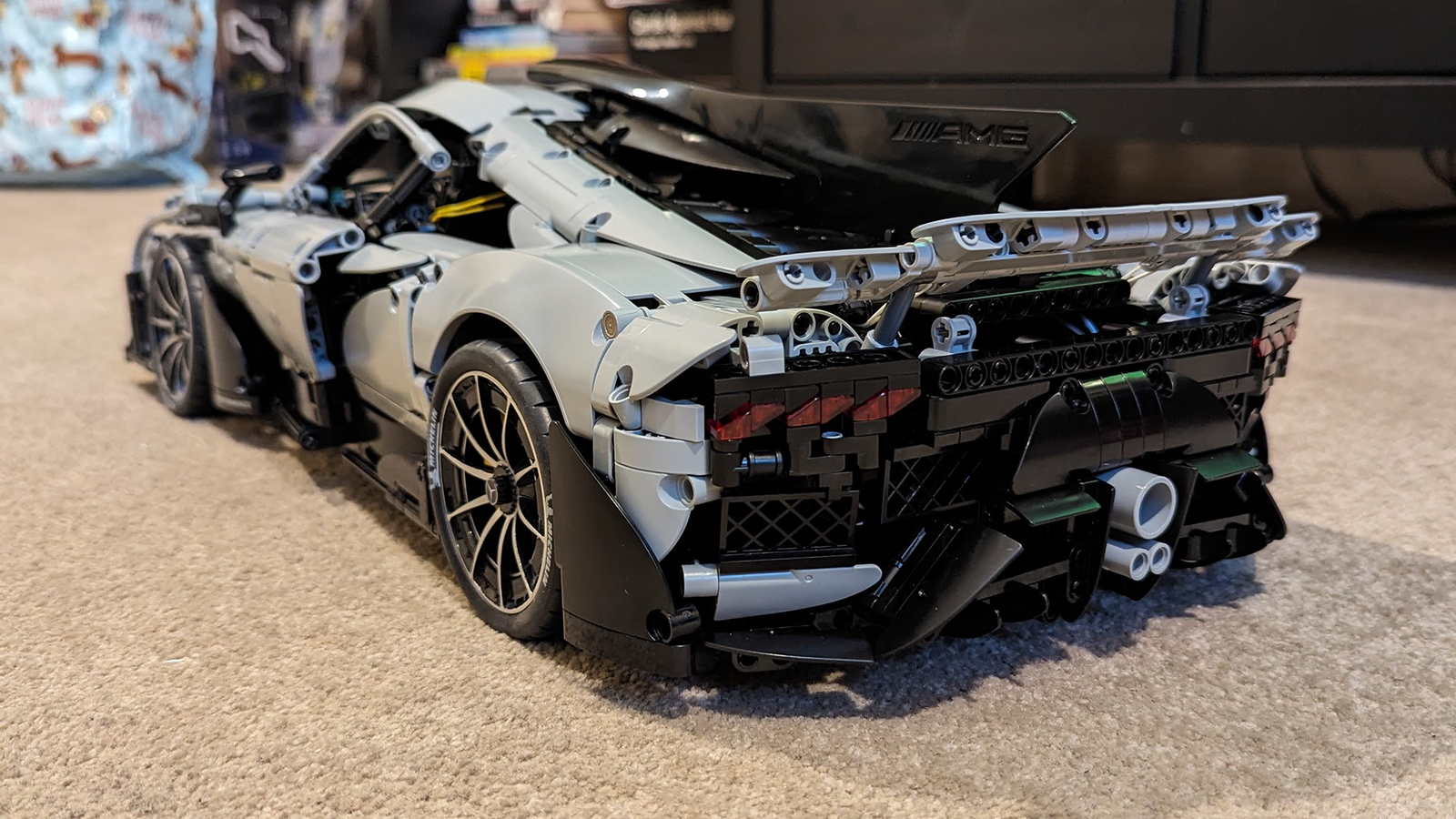
The finished product looks pretty good, too. Special pieces like the engraved tailfin and the Michelin-branded, accurately grooved Pilot Sport Cup tyres are tiny works of art. I really like that the Mercedes-branded bits are all printed too, rather than relying on you applying stickers later.
As for the radio-controlled stuff, it feels a little gimmicky, particularly the ‘KERS’. It uses a pullback motor which adds a little bit of boost when you’re driving or can be used to slow the car down. It’s amusing once or twice, but quickly forgotten, and it’s not like the car is all that fast compared with proper R/C cars either. Similarly, steering is digital with no servo, so you can control it finitely and its turning radius is pretty abysmal.
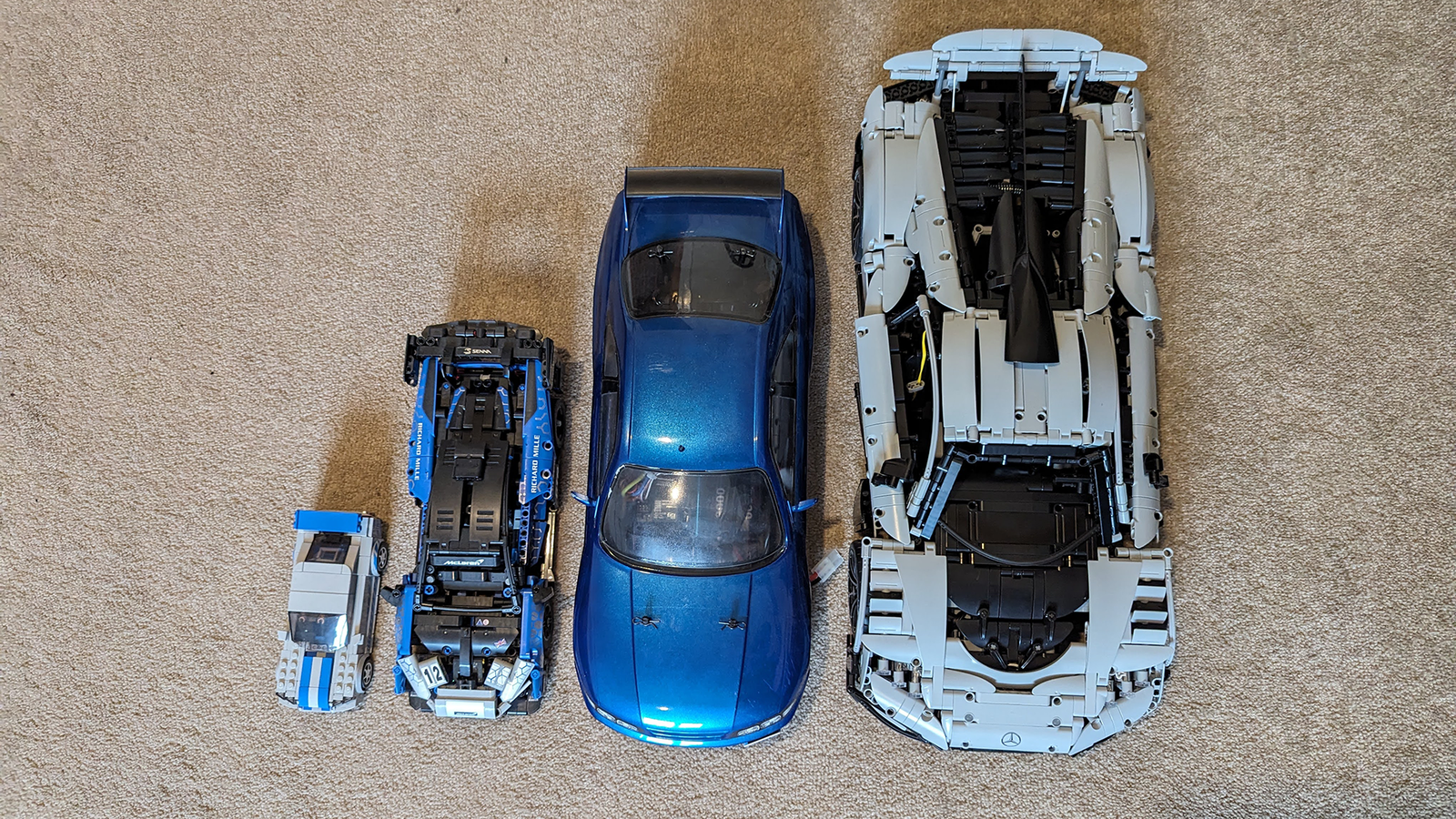
You can open the doors and raise or lower the spoiler too, which does feel like a good use though. However, If CaDa could offer a cheaper version without the electric gubbins, that’d be the one to have. I should also mention that after opening and closing the doors once, one door wouldn’t go back in place properly, if you spot that it’s a little wonky in these pictures.
Compared with Lego’s flagship Technic offerings, it’s close but not quite there as a model and the building experience just isn’t as fun. With some refinement and a bit better quality control though, I think CaDa’s Master series could be one to watch for serious builders.

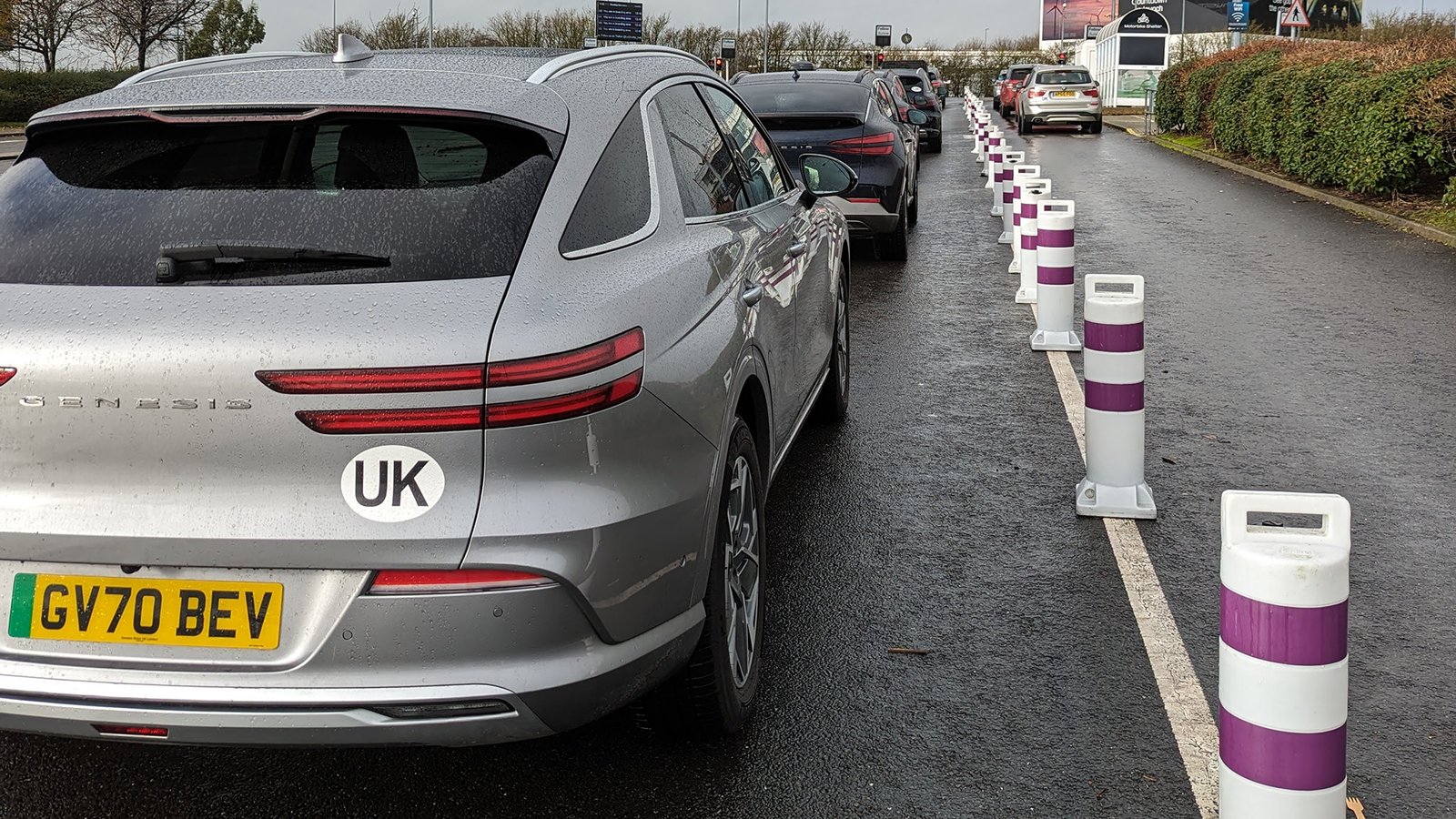

Comments